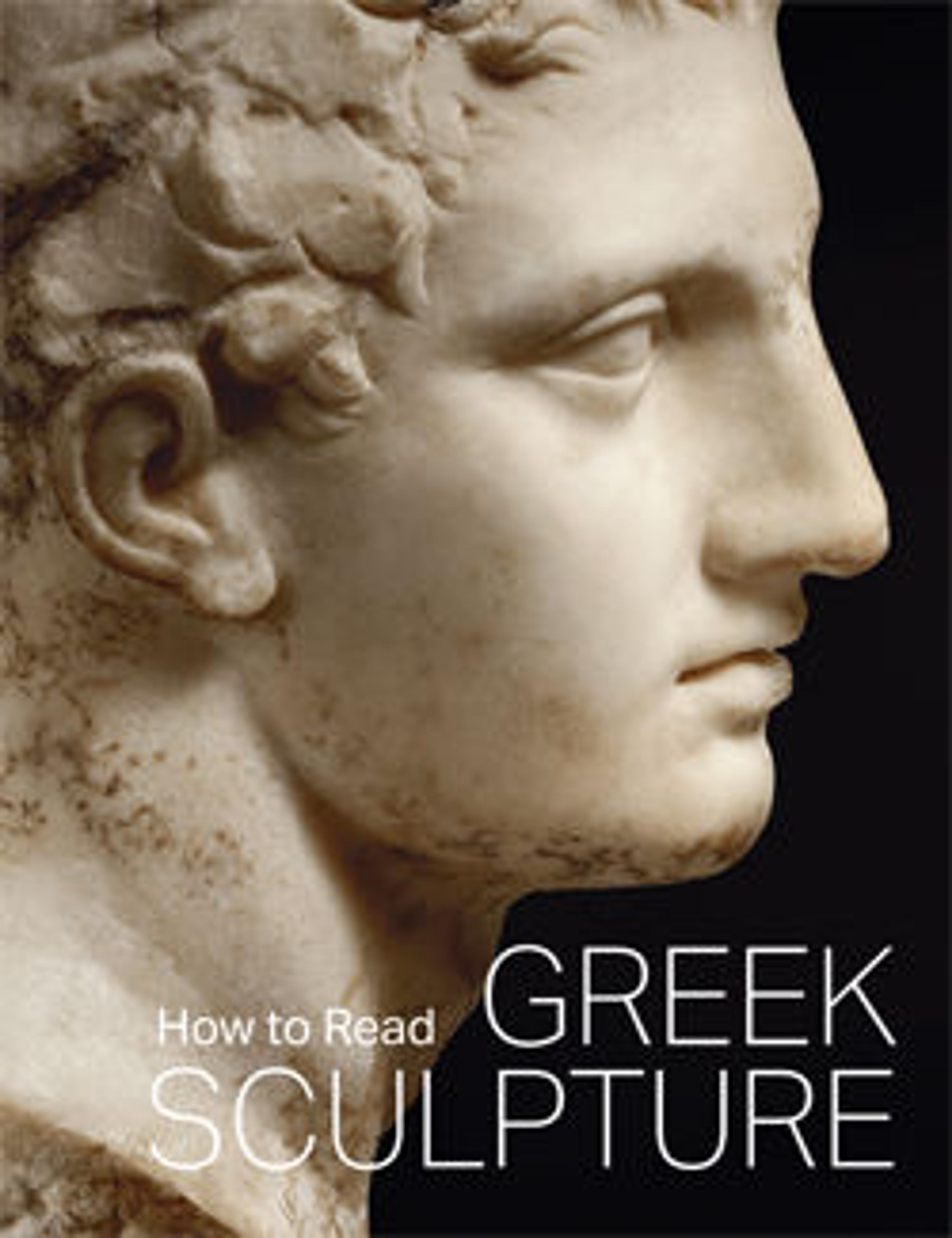Terracotta hydria: kalpis (water jar)
Triptolemos between Demeter and Persephone
The Niobid Painter ranks with the Villa Giulia Painter as one of the preeminent artists of the second quarter of the fifth century B.C. The Niobid Painter is remembered particularly for mythological representations on large pots. Here, on a smaller scale, he depicts Triptolemos being dispatched by the goddess Demeter, the patroness of fertility and agriculture, and her daughter, Persephone, to teach the cultivation of grain to humanity. The great attraction of this legend—to the artist and the viewer—lies in the winged car that transports Triptolemos. The model here comes "loaded" with snakes.
The Niobid Painter ranks with the Villa Giulia Painter as one of the preeminent artists of the second quarter of the fifth century B.C. The Niobid Painter is remembered particularly for mythological representations on large pots. Here, on a smaller scale, he depicts Triptolemos being dispatched by the goddess Demeter, the patroness of fertility and agriculture, and her daughter, Persephone, to teach the cultivation of grain to humanity. The great attraction of this legend—to the artist and the viewer—lies in the winged car that transports Triptolemos. The model here comes "loaded" with snakes.
Artwork Details
- Title: Terracotta hydria: kalpis (water jar)
- Artist: Attributed to the Niobid Painter
- Period: Classical
- Date: ca. 460–450 BCE
- Culture: Greek, Attic
- Medium: Terracotta; red-figure
- Dimensions: H. 10 15/16 in. (27.7 cm); diameter 8 7/8 in. (22.6 cm); width with handles 10 15/16 in. (27.8 cm)
- Classification: Vases
- Credit Line: Rogers Fund, 1941
- Object Number: 41.162.98
- Curatorial Department: Greek and Roman Art
More Artwork
Research Resources
The Met provides unparalleled resources for research and welcomes an international community of students and scholars. The Met's Open Access API is where creators and researchers can connect to the The Met collection. Open Access data and public domain images are available for unrestricted commercial and noncommercial use without permission or fee.
To request images under copyright and other restrictions, please use this Image Request form.
Feedback
We continue to research and examine historical and cultural context for objects in The Met collection. If you have comments or questions about this object record, please contact us using the form below. The Museum looks forward to receiving your comments.
